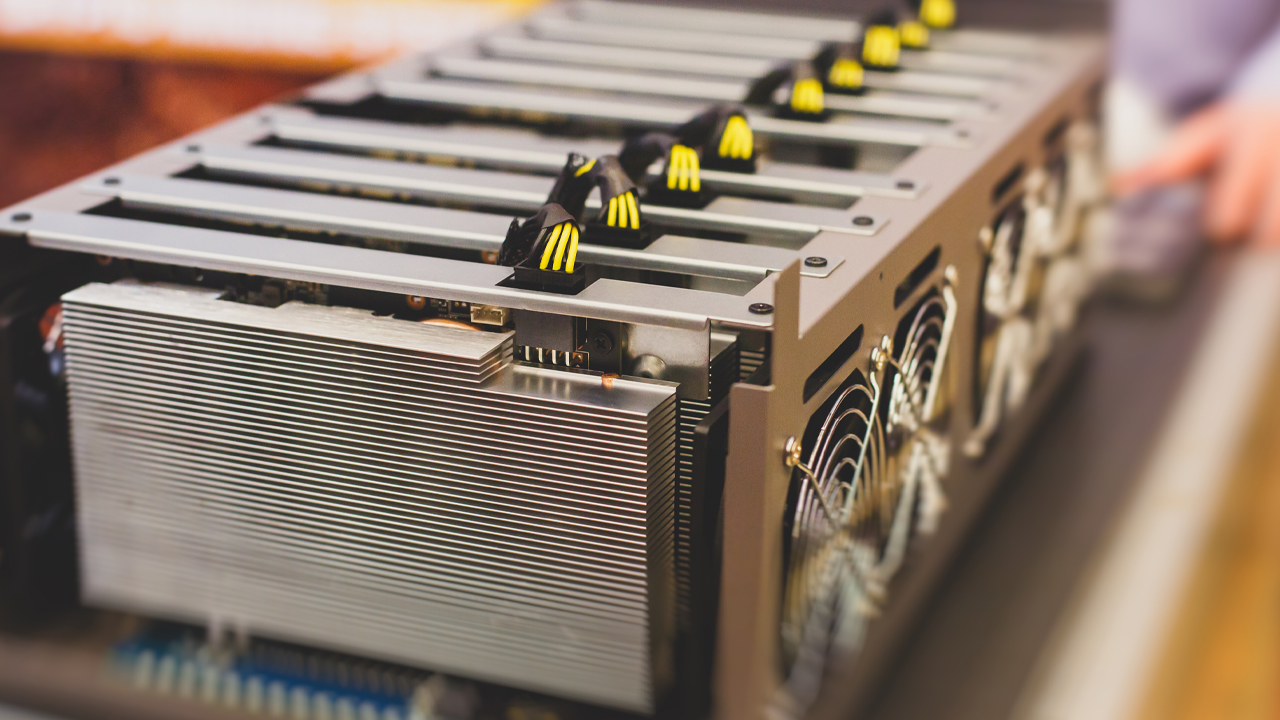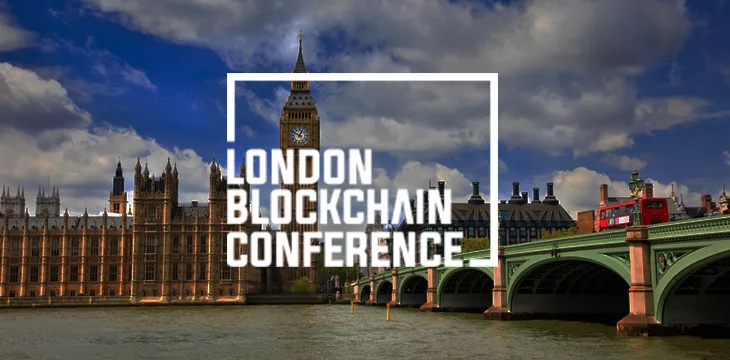Founders of the NFT project MLLN at Shaking up Shoes With Zellerfeld

Can combining VR, 3D printing and NFTs allow independent shoe companies to compete against the goliaths of the shoe industry? That is what the MLLN aims to find out.
Graphic designers and footwear vets founded MLLN in 2022 as a digital design outfit with the goal of shaking up the footwear industry from the shoes up, starting with web3.
On November 14, MLLN launched its MLLNPass, minting 3,000 NFTs at 0.03 ETH. Each NFT includes both MLLNPass, a lifetime digital membership to MLLN’s services (including priority printing, discounts, early access, exclusive products and more), and a unique sneaker design.
MLLN will physically manufacture many of the 3,000 sneakers it has embossed NFTs with Zellerfeld’s cutting-edge 3D printing capabilities, which use Zellerfeld’s custom foot scanner to mold the shoes from skin-safe latex to perfectly match the wearer’s foot.
The MLLNPass collection was designed by Joey Khamis and Finn Rush-Taylor, whose respective work histories bring interesting dynamics to MLLN.
Rush-Taylor’s CV includes, for example, adidas, Puma and Vivobarefoot, emphasizing a balance between form and function. Meanwhile, Khamis started with Columbia Sportswear, moving to Reebok where he designed Cardi B’s Classic Leather Cardio (among others) before becoming a designer for YEEZY.
Although their history is based on working for established brands, the future of MLLN is about leveling the playing field between independent designers and industry mainstays, they tell Highsnobiety.
“Our Discord has about 1,200 people, and there are so many footwear designers collaborating there,” Khamis said. “Some of them have jobs in the industry, others are trying to get a job. I think MLLN is going to help connect designers and show that there is no right or wrong way to go.”
MLLN’s partnership with Zellerfeld puts it in a unique class of collaborators alongside the likes of Kidsuper, Heron Preston and Ye. Those relationships helped put Zellerfeld on the map, so it’s nice to see them leverage that fame into a boost for independent designers like MLLN.
“The creative freedom and independence I have to create ideas is the thing that excites me [working with Zellerfeld]”, continues Khamis.
“Zellerfeld is mostly custom footwear. We find that you can gauge public interest in different shoes by posting concepts online and then take cues from that feedback for the actual design.”
“We’ve had people in our DMs for the last two years begging us for shoes,” Rush-Taylor added. “They don’t realize that if you go down the traditional manufacturing route, it’s at least a $100,000 investment”
Later, Rush-Taylor echoed Khamis’ sentiment of connecting with other designers on Discord, emphasizing the power of the feedback-to-production process.
“If you go down the traditional route of producing shoes, you don’t show your product until it comes out. You’re taking a huge financial risk without even knowing if people will actually want it,” Rush-Taylor explained.
“My goal is to post a design on Monday, and if people like it, have it for sale on Friday. It will be small runs, maybe 500 pairs; we have a lot of creative freedom there.”
Beyond aesthetics, Rush-Taylor notes that Zellerfeld’s capabilities also allow MLLN to make much more ergonomic shoes (a subject he learned a lot about at Vivobarefoot). Because Zellerfeld’s app does a thorough scan of your feet, MLLN’s designs are flexible enough to avoid standardized dimensions.
“In the industry, standard sizes are a big problem,” Rush-Taylor said.
“Everything in footwear is based on aesthetics, made to look fast. But it can cause bunions, shin splints and knee problems. It all stems from the foot. That’s why Zellerfeld’s custom fit is a huge bonus.”
Community-influenced, intelligently designed 3D printed shoes could be a blueprint for more independent sneaker designers to follow. This model could change how sneakers are manufactured away from excess waste created for mass appeal. If successful, MLLN will not be the only company to take this path. Then again, that’s the goal.


























